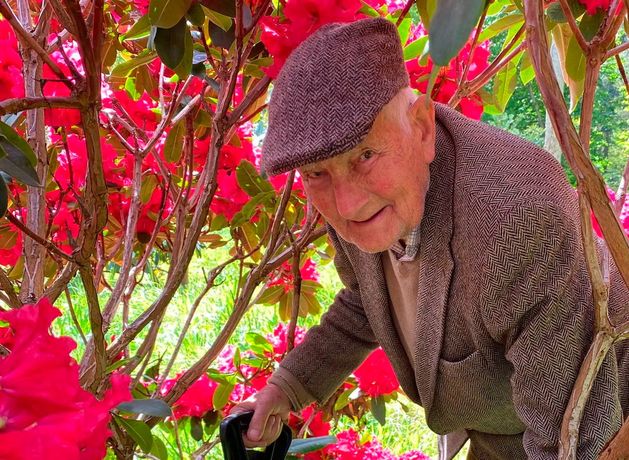The family firm made textile machines and by the early 20th century it was supplying the majority of the world’s jute-making machines, its fortunes boosted by converting to munitions during both wars. In the 1960s, the foundry on Belfast’s Springfield Road employed about 6,000 workers, almost all of them Protestant.
Like the rest of the family, Paddy Mackie, great-grandson of the founder, had been put to work on the factory floor before working his way up as an engineer, and finally as an executive. A symbol of Protestant life, the business was a target. Mackie’s office was at the front and he put a sheet of metal over the window to stop bullets coming in. In 1971, a nail bomb thrown over the wall killed a security guard.
In September 1972, Mackie, by then a 42-year-old father of four, was driving to the plant when his car was stopped by gunmen. He was taken to a housing estate and quizzed by a man with a stocking over his head who claimed affiliation to Saor Éire, a communist splinter group of the IRA.
But his captors soon became “uneasy and rather breezy”, Mackie recalled, and invited him to make up a bridge four. After eight hours he was allowed to walk free. Unknown to him, a security cordon had been tightening around the kidnap site and a priest had been asked to spread the idea through the Catholic community that unless Mackie was released unharmed, a massive army search would be launched.
Towards the end of the 1970s, Mackie left the foundry and devoted himself to wildlife, buying a 35-acre plot with his wife Julie with a disused 19th-century limestone quarry and brickworks on the banks of Strangford Lough, where Mackie had co-ordinated the monthly counts of wildfowl and waders since the 1950s.
Strangford Lough is one of the richest marine habitats in Europe, with pale-bellied Brent geese descending from the Canadian Arctic in their thousands to spend the winter months, along with myriad other species, native and exotic.
In 1982 Mackie’s wetland refuge, known as Castle Espie (“the castle of the bishop”) after a long-destroyed fortification, opened to visitors. In 1989 he transferred it to his friend Peter Scott’s Wildfowl and Wetlands Trust, but he remained a charismatic ambassador.
Today Castle Espie features regularly on the BBC’s Countryfile, Springwatch and Autumnwatch programmes.
Mackie was appointed MBE in 2004 for his services to wildlife and conservation in Northern Ireland.
Arthur Patrick Pringle Mackie was born on March 22, 1931, the youngest of three sons of Jack Mackie, a former chairman of James Mackie & Sons, and his wife (and cousin) Kathleen, nee Metcalfe. Kathleen’s sons were aware that she was a daredevil glider pilot, crack shot and skier, but not that she had studied painting in the 1920s under Walter Sickert and William Orpen.
Paddy was educated at Mourne Grange School in Co Down, Loretto School near Edinburgh and the Belfast College of Technology.
In 1959 he married Juliet (Julie) Turtle, with whom he created a renowned garden on Mahee Island in Strangford Lough, having started with a single wind-blown ash tree.
He was also president of the Northern Ireland Heritage Gardens Trust, and a leading light of the Irish Tree Society.
He is survived by his wife, their two daughters and two sons.

